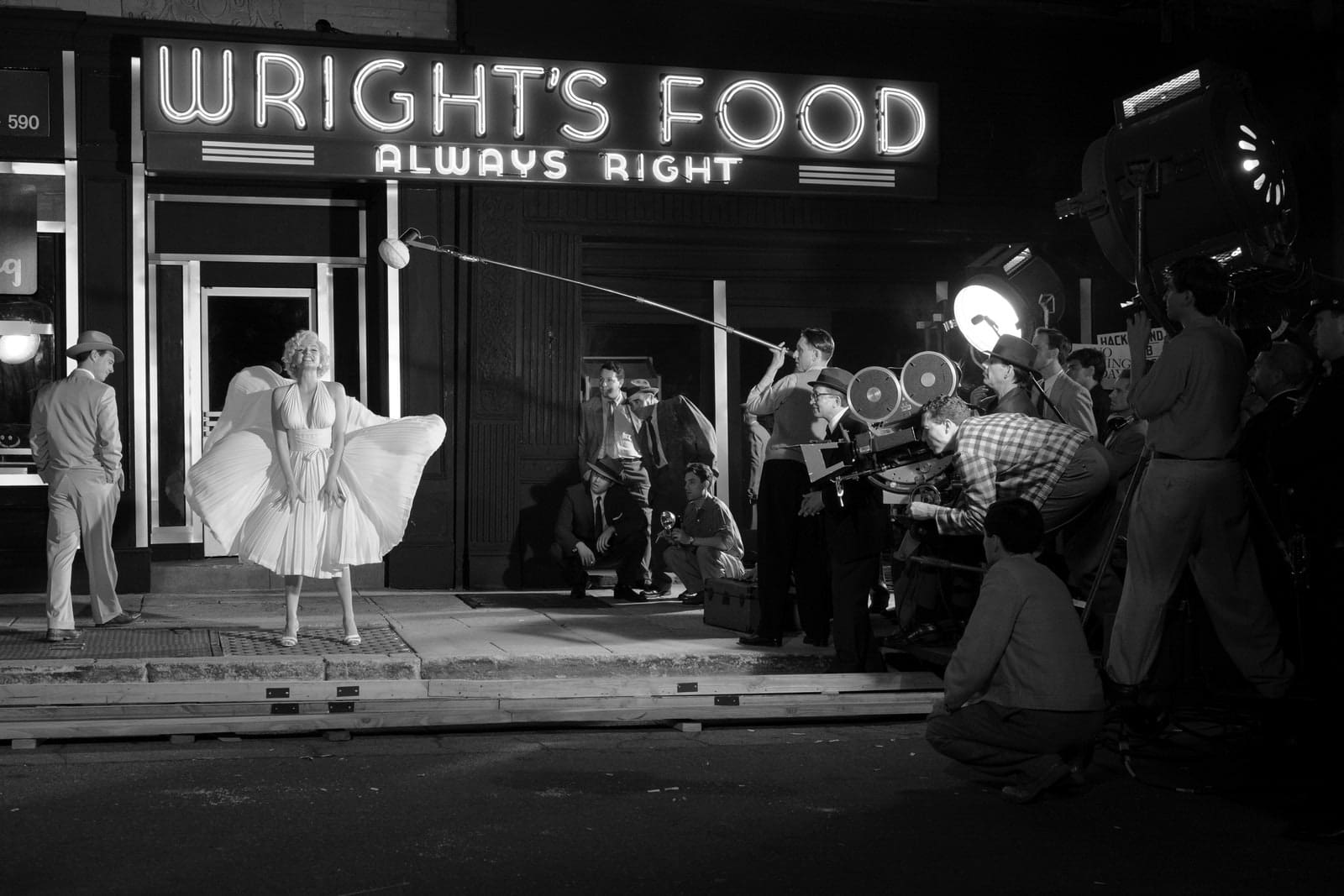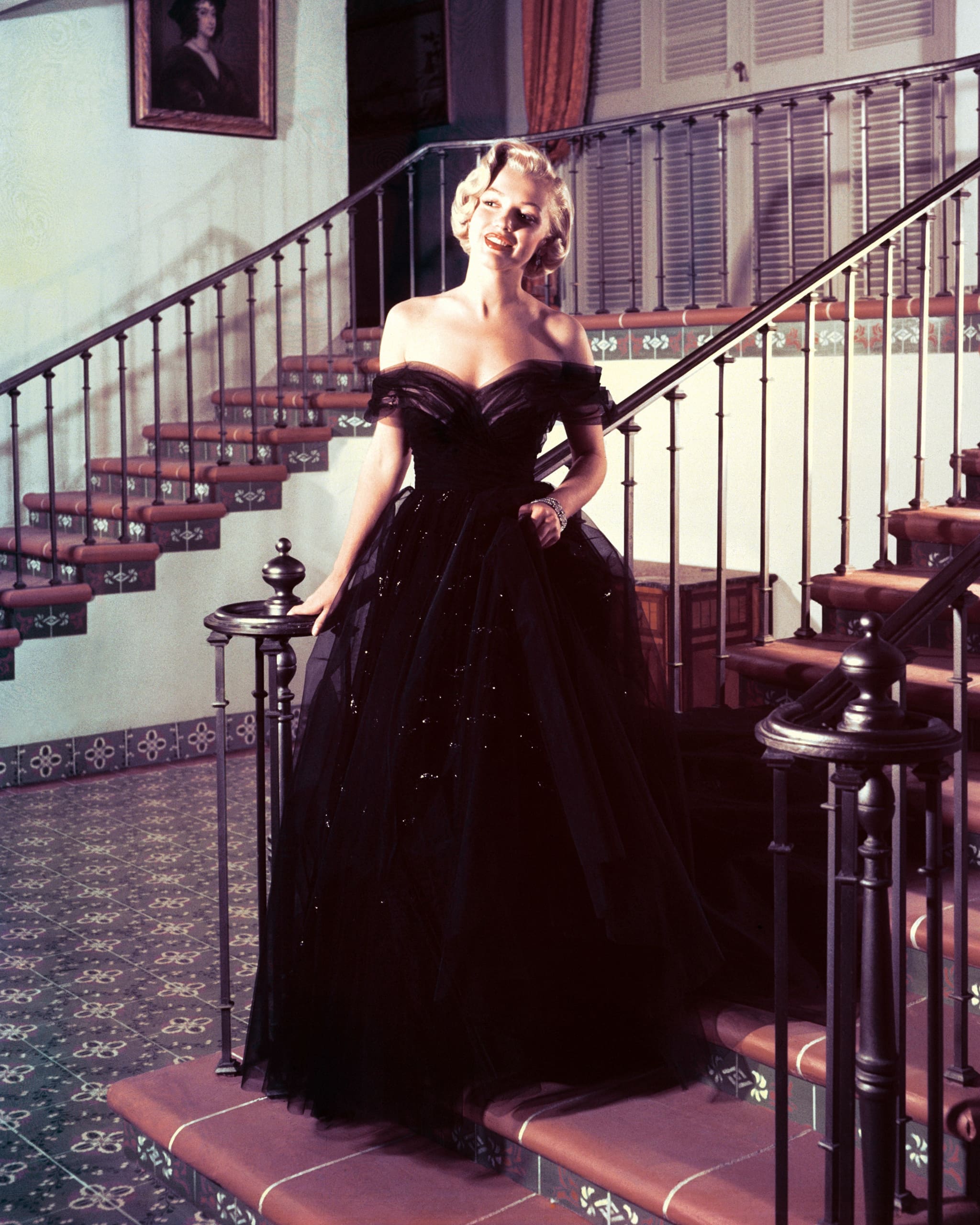Getty Images
When the A-list descends on the Ovation Hollywood for the Oscars on 12 March, not one but two of the Best Actress nominees will have been feted for playing the late Marilyn Monroe: Ana de Armas in Andrew Dominik’s much-pilloried Blonde, of course, but also Michelle Williams, who got a nod from the Academy for her turn in My Week With Marilyn more than a decade before her recognition for 2022’s The Fabelmans. And yet, despite taking home a Golden Globe for Billy Wilder’s Some Like It Hot, Monroe herself was never actually in the running for an Oscar.
In fact, she attended the ceremony only once, as a presenter rather than a nominee. Still a star on the rise at that point, she had made a cameo as the breathless Miss Caswell, “a graduate of the Copacabana School of Dramatic Arts”, in All About Eve, and Joseph L Mankiewicz’s picture had scooped a cool 14 Academy Award nominations at the 1951 Oscars—a record matched only by Titanic and La La Land many decades later. The 25-year-old pin-up had been tapped to hand out the award for Best Sound Recording—a category in which All About Eve was up against Walt Disney’s Cinderella, among other films.

More than 1,800 people crowded into the Pantages Theatre to watch the 23rd Academy Awards on 29 March, including Mayor of Los Angeles Mogens Skot-Hansen and Governor of California Earl Warren. Bleachers had been erected up and down Hollywood Boulevard, too, with speakers piping out audio from inside the theatre. (The Oscars were only televised for the first time in 1953, making this the closest fans could get to the action.) Host Fred Astaire didn’t shy away from bigging up the awards’ ever-increasing power in Hollywood: “The Oscars are something people yearn for, fight for, and cry for, and there is never an end to the competition until the tributes are finally won,” he proclaimed solemnly in his opening speech.

Unlike Audrey Hepburn – pitched by the press as Monroe’s inverse – Marilyn never established a relationship with a particular couturier during her career, with her sense of style outside the 20th Century Fox lot leaning clean, classic, and quintessentially American. On the red carpet, meanwhile, she relied, like most starlets of the era, on her studio’s costume department. (If Blonde makes one thing clear, it’s the distinction between Norma and Marilyn, a division writ large in the actor’s sartorial choices.) And so, for the Oscars, Monroe chose a gown by costumer Charles LeMaire—head of wardrobe at Fox—which had originally been sported by Valentina Cortese in The House on Telegraph Hill a few months prior.
Jointly with Edith Head, LeMaire won Best Costume Design on the night for his work on All About Eve. (He had been attached to the film in its early stages, when star Claudette Colbert was set to play Margo Channing, before a back injury forced her to give up the role to Bette Davis.) If the Academy fell for Eve’s sumptuous costuming—the famous cocktail party scene alone featured $500,000 worth of mink coats—Monroe’s sequin-scattered bouffant gown proved less of an unequivocal success.
